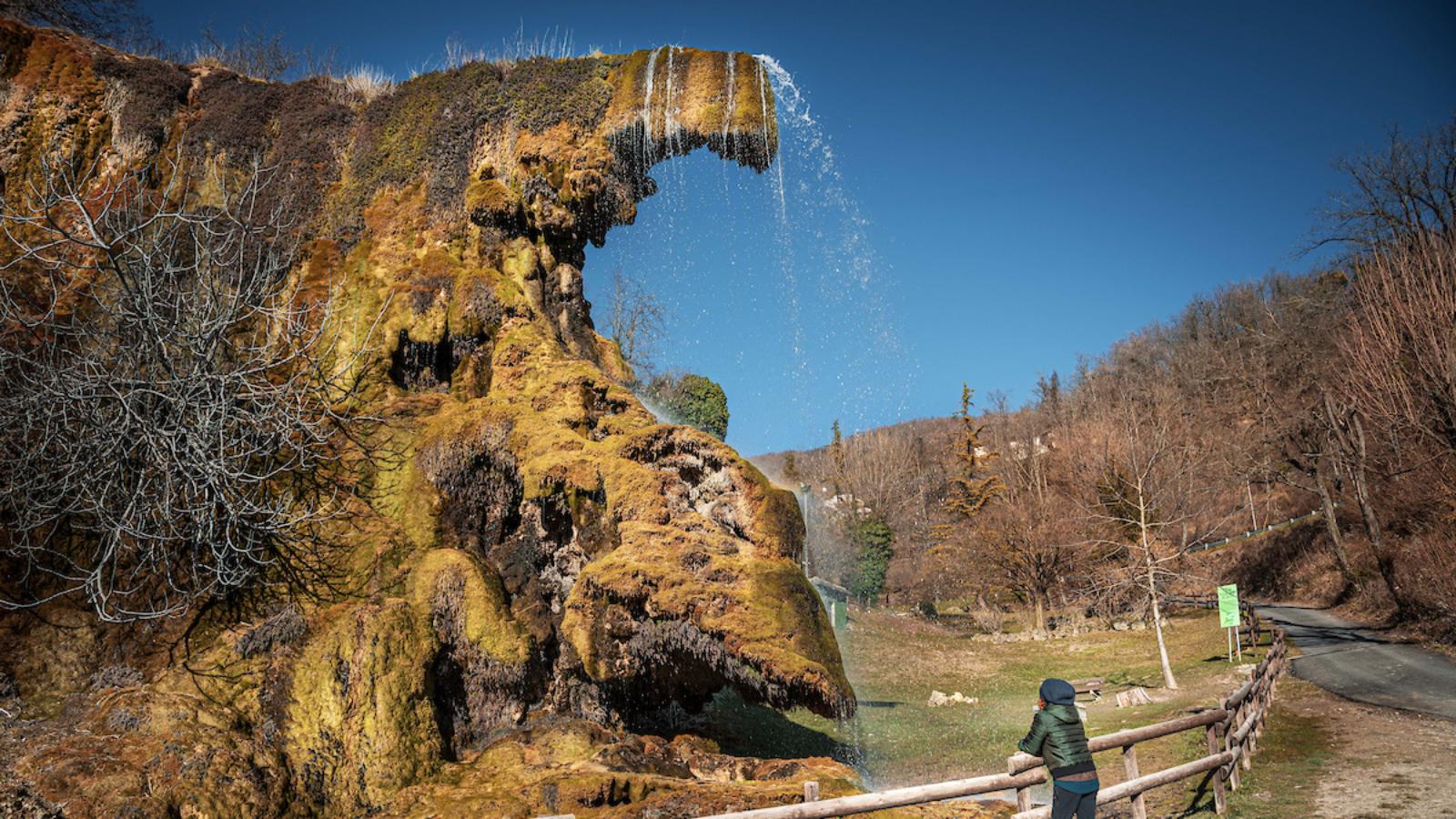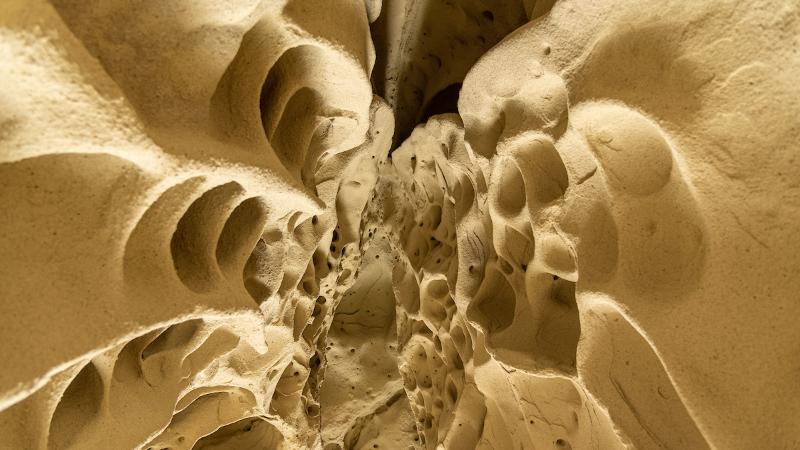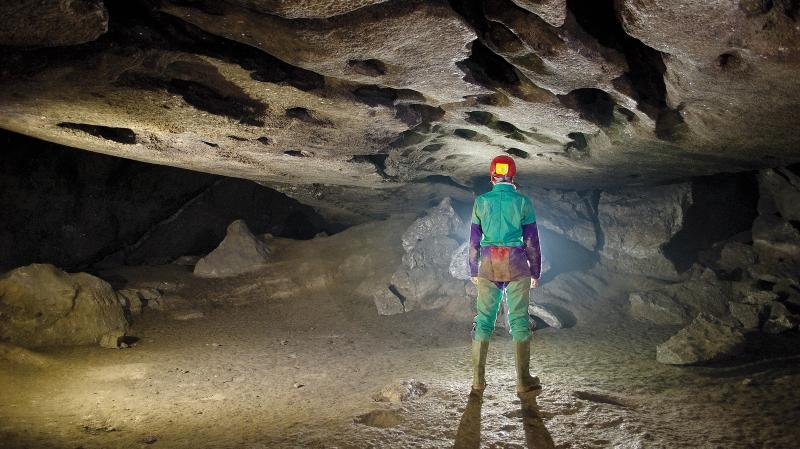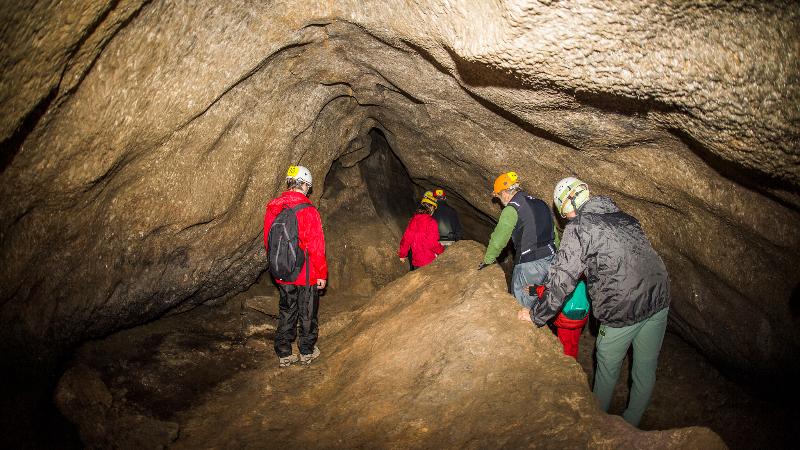In Labante, in the valley of the Aneva stream, at San Cristoforo, you will find the famous Labante caves. Easily visible from the road, the caves are marked by the striking waterfall above them. It was the waters of the spring that feeds the waterfall that formed the enchanting deposition of limestone rock, called "sponga" (sponge), already used by the Etruscans for the necropolis of Marzabotto. The scenic and naturalistic interest of the place was noticed by the travelers of past centuries, so much so that the Labante caves are the first natural caves in the Bologna area of which written records are preserved. The caves (always open) are set in a beautiful park, a starting point for hiking and mountain biking.
Labante caves, classified as a SCI (site of community importance), is from a geological point of view a primary travertine formation, a particular karst phenomenon of which it represents one of the largest examples in Europe. Formations of this type, in fact, normally reach lengths of no more than 4-5 meters, while in Labante this measure is abundantly exceeded. But it is the entire territory of the middle Reno Valley that is characterized by morphologies attributable to karst phenomena, and it is not uncommon to find cavities, shafts or dolines, such as the Soprasasso caves in Riola.
Map
Labante Caves
Via Val D'Aneva
40034 Castel D'aiano
Interests
- Nature & Oasis





